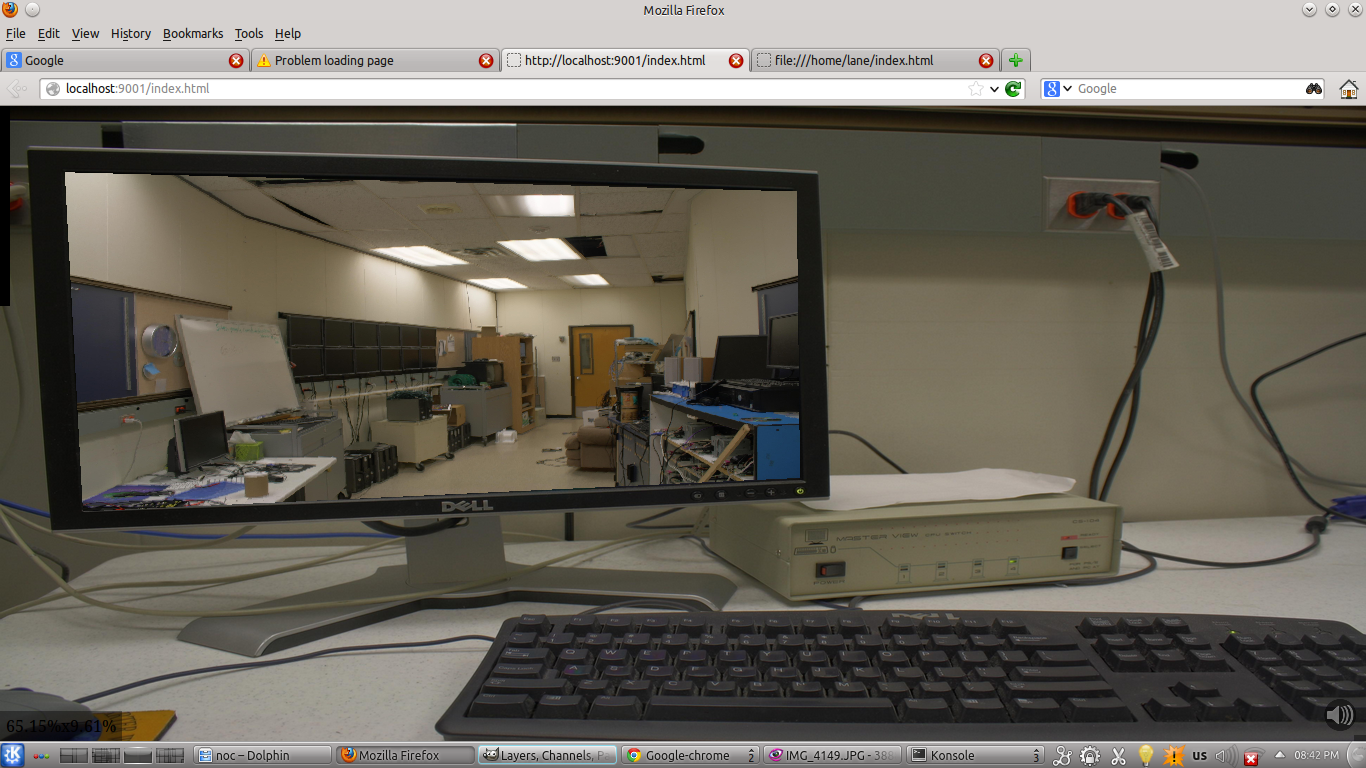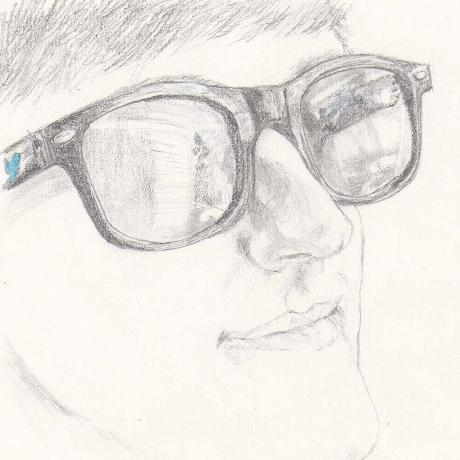They’re a wonderful thing, no?
It’s not that I have anything against them. They’re a wonderful invention (not that I’d know), but the advertising for them can get a little bit annoying…
Recently I got a text from a 512 number that said nothing but (to pseudo-quote) “you should go to friend-meet.com. I have pics on there.”
I happen to live in the 512 area code, so it could be someone I know. On a (hopefully) unrelated note, I’m going to prom this year. I haven’t checked to see if she actually has pics on there, or if it’s just coincidentally random advertising. I’m not over 18, so I’m not allowed to check… because that would be mis-representing myself using a computer. Which is illegal.
Anyway… Lyst! And HDR! (and airplanes, but I don’t have anything to say about that other than they’re awesome)
I was messing around with HDR some more, and found a pretty cool set of tools out there that does these things for you. Here’s a picture that was made using pfstools:

Bonus points if you can identify what the picture is of, and where it was taken. Yes, I’m aware it’s not the best test image for HDR, but it’s what I was playing with because I didn’t feel like pulling the other pictures off of my camera.
I used the reinhard02 algorithm. The cool thing is that it removed the yellow tint from the image - the wall in the background is allegedly white. It was halogen yellow in the source image. The sad thing is that reinhard only does tone mapping, so I still need to go through the effort of creating HDR imagery. Perhaps combining this with my Python HDR script could give some nice results.
(Quick side note about pictures: John McAfee, creator of the infamous McAfee virus software, was caught a few months ago in Brazil when the FBI found his location using the EXIF geolocation tags in a picture taken of him by a magazine reporter. Moral of the story: If you’re on the lam, don’t do interviews)
Speaking of HDR and such stuff, Lyst is coming along quite nicely. This past week (sorry for not posting earlier, by the way) I implemented a perspective matrix transform to map subslides onto slides. A picture is worth a thousand words:

Note that the image of the room is mapped onto the computer monitor - the monitor wasn’t actually showing that image when I took the picture. The new Lyst code makes it so that I can specify what four points make up the corners of the computer monitor. Then, I tell it to create a new “slide” and map it onto that area. This lets me implement all of the computer monitors in the game without any specialized code.
In other words, most of the Lyst engine is complete. However, the Lyst data still largely needs to be made.
For clarification: There are two Lyst projects. One is the Lyst game, which is a version of Myst made for the LASA High School (“LASA Myst”). The other is the Lyst engine, which will be the game engine that the Lyst game runs on (“Lane’s Myst”). Both are closed source, for the time being, but open for recommendations.
3d stereoscopic views have been cut from Lyst. I was unable to find a second projector, and I don’t think I have time even if I did have a second projector to develop the system enough to film and code everything before the end of the school year.
If you have recommendations/suggestions/ideas for the Lyst game, please Contact Me.
